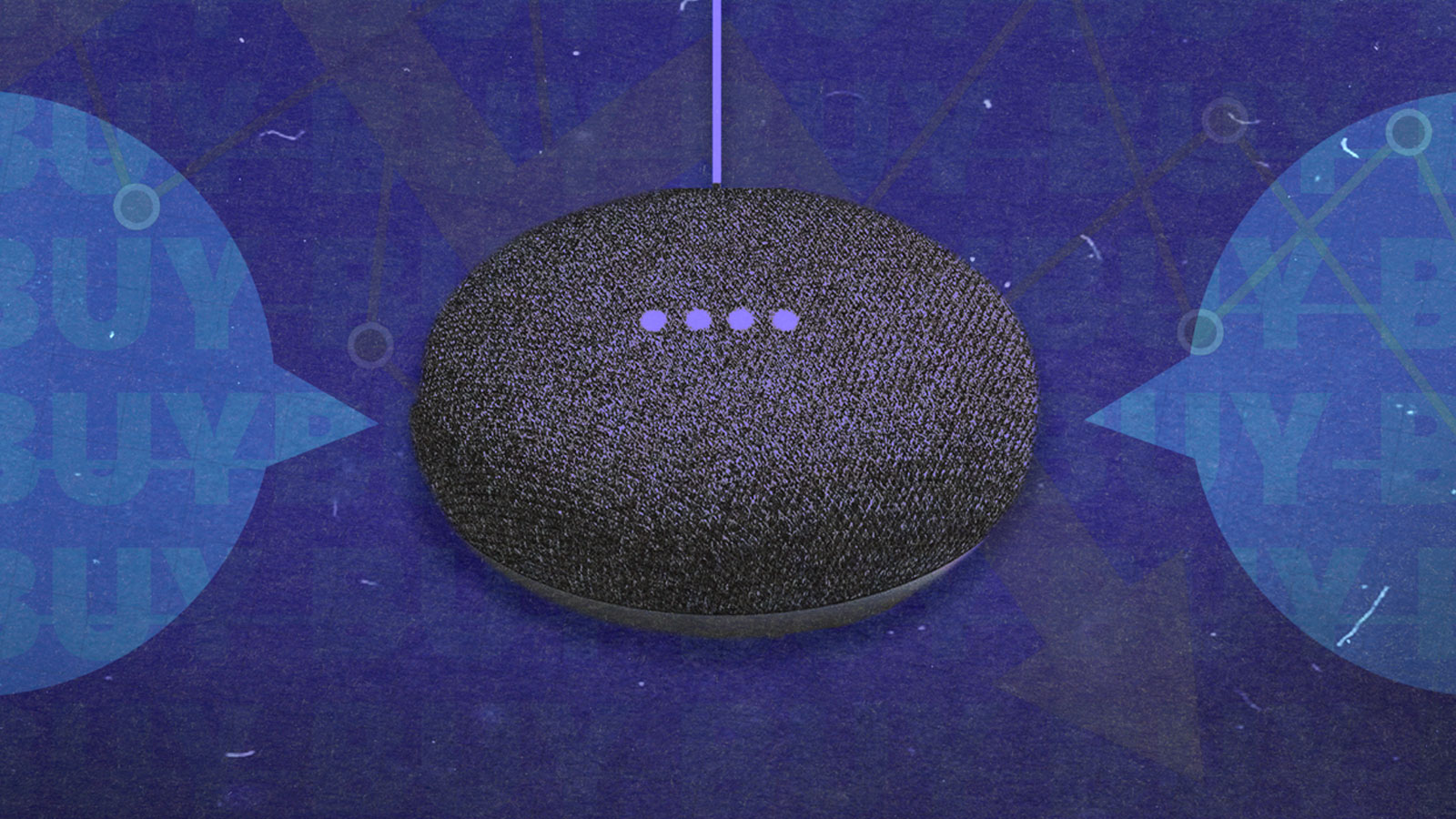The number of US consumers warming to the idea of shopping via smart speakers is smaller than eMarketer initially predicted. Now 21.6 million people will have made a purchase through a smart speaker by 2020, compared to eMarketer’s Q2 2019 prediction of 23.6 million. Smart speaker usage forecasts have also been updated from an expected 84.5 million users in Q2 2019 to 83.1 million users.
The revised forecast is a result of a lack of trust between brands and users. Friction in the voice-based buying process includes consumers’ concerns about secure payments and privacy. The absence of screens is also an issue as consumers want to visually see what they’re shopping prior to purchasing. According to eMarketer, some voice buyers resolve the issue by using other voice-controlled devices like smartphones and tablets to make purchases.
Most of the purchases consumers make on voice-controlled smart speakers today are reorders and items that don’t need to be inspected. Many smart speaker apps that simplify things for consumers such as ordering takeout and finding recipes are being underutilized, according to eMarketer principal analyst Victoria Petrock. Instead, consumers use more direct commands such as playing music or asking questions.
eMarketer also readjusted estimates for the types of activities users engage with on voice-based devices. eMarketer lowered its percentage of smart speaker users who would shop via voice-controlled devices in 2020 from 27.9 percent in Q2 2019 to 26 percent.
Though the researcher lowered its outlook for the number of smart speaker buyers and users, smart speaker activity is growing and will reach a new milestone in 2020 when 10.8 percent of all US digital buyers will buy something via a smart speaker.
A recent study from NPR and Edison Research shows that 54 percent of the US population has used some form of voice-command technology. To leverage this lucrative means of consumer targeting, marketers are investing more in audio ad spending, which the Interactive Advertising Bureau (IAB) says reached $2.25 billion in 2018.
This article first appeared on a.list

